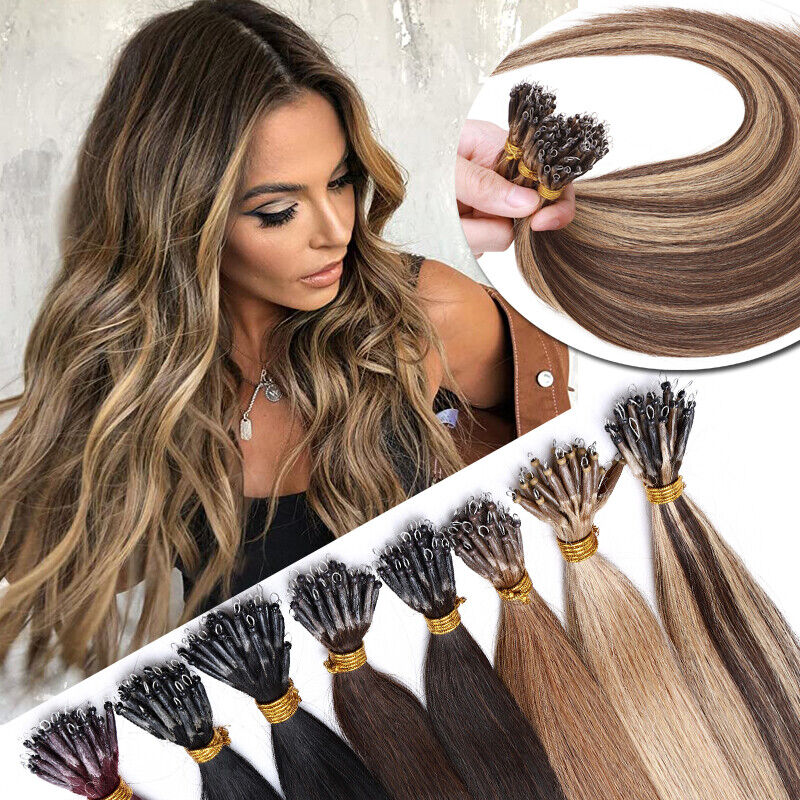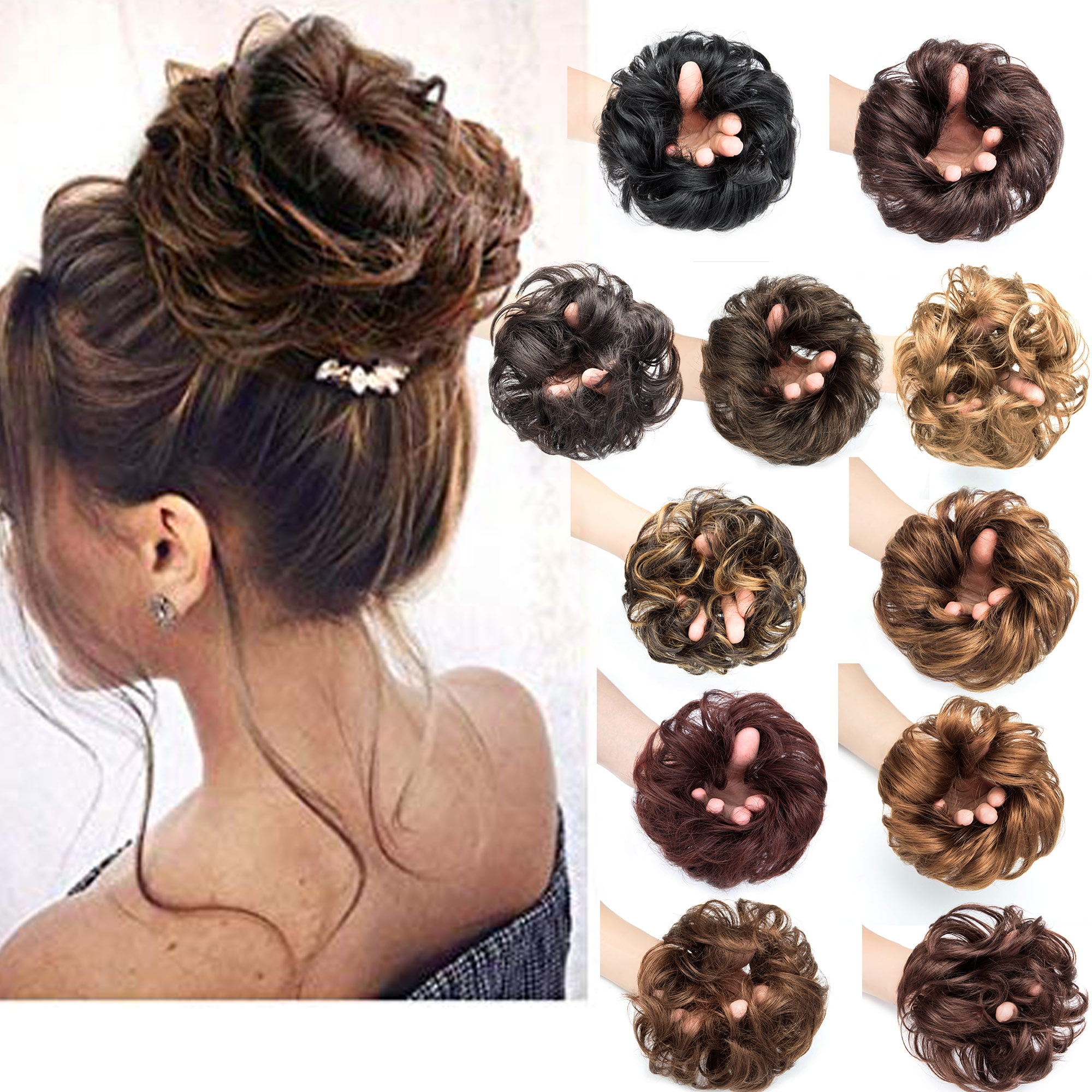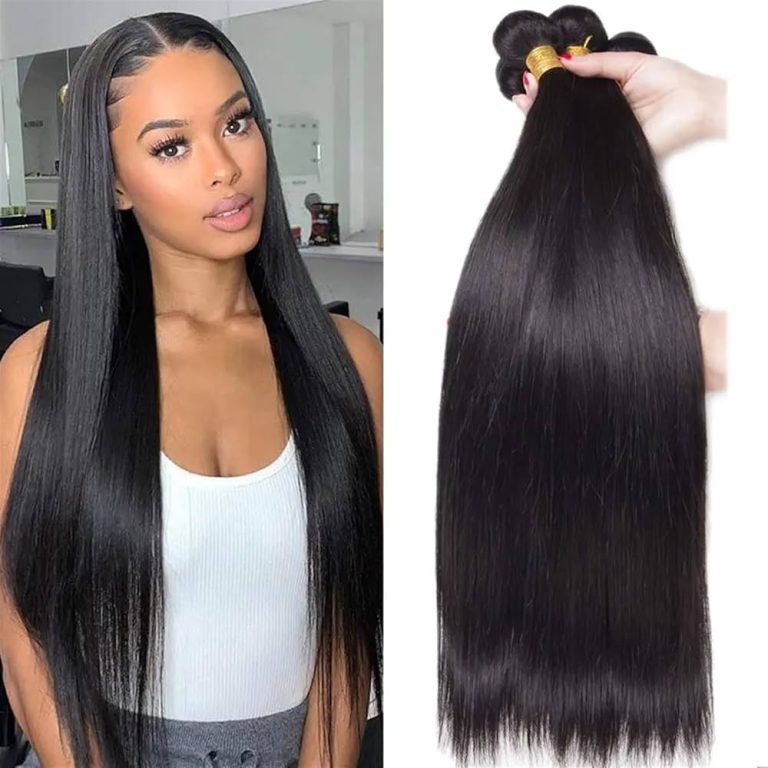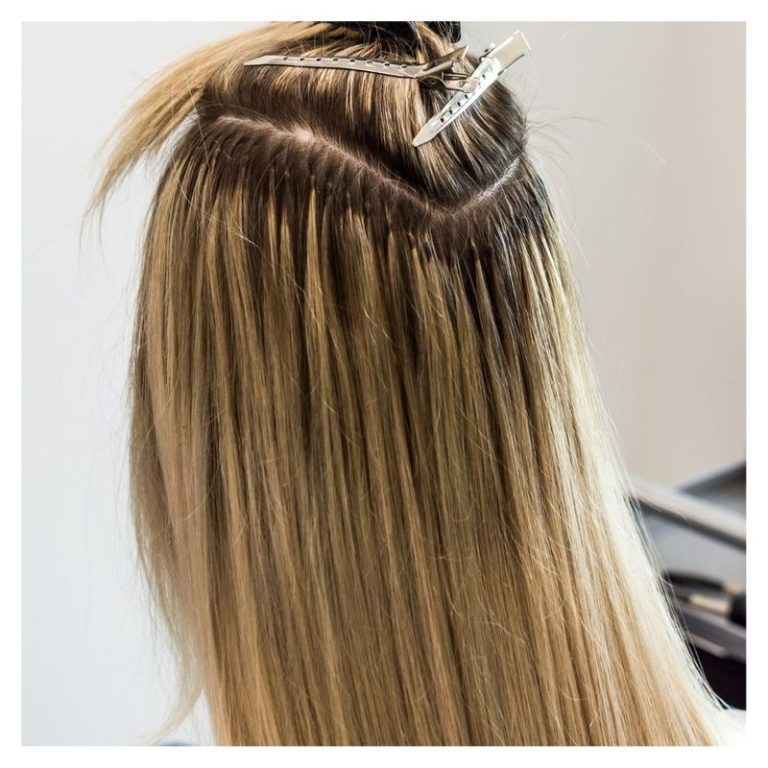
Hair Extensions 101: Your Guide to Instant Length
What Are Hair Extensions?
Hair extensions are products that add length or fullness to human hair. They come in different types, such as strands or wefts. Hair extensions can be made from real or synthetic hair. People use them for various reasons, including enhancing hair appearance, adding volume, or experimenting with a new style. Hair extensions work by attaching to your natural hair. The attachment methods vary, from clips to adhesives or even bonding. It’s essential to choose a method that suits your hair type and lifestyle. With proper installation and care, hair extensions blend seamlessly with your hair, creating a natural and appealing look.
Types of Hair Extensions
The variety of hair extensions caters to various preferences and needs. Let’s explore the most popular types.
Clip-in Hair Extensions
Clip-in hair extensions are a quick fix for length and volume. They are strands with clips attached at the base. You can easily clip them onto your natural hair. These are ideal if you want a temporary change for an event. They come in various lengths and styles.
Tape-In Hair Extensions
Tape-in extensions are thin wefts with adhesive tape on one side. A stylist applies them by taping them to your hair. They are semi-permanent and can last 4-8 weeks with proper care. Make sure your hair is free from oils before application.
Weave/Fusion Hair Extensions
Weave extensions involve braiding the natural hair and sewing wefts of hair into the braids. Fusion extensions use keratin-tipped strands fused to your hair with heat. Both types offer a more permanent solution but require professional installation.
Micro-Link Hair Extensions
Micro-link hair extensions use small beads to attach to your natural hair. The extensions have a loop through which your hair is pulled, and the bead is then clamped, securing the extension. This method doesn’t use heat or glue and can be adjusted as your hair grows.
Wigs and Toppers
Wigs cover your entire head, while toppers conceal hair loss at the top. They come in both synthetic and real hair options. Wigs and toppers offer a full head of hair instantly and are perfect for extensive hair loss or for those who want to drastically change their look without manipulating their natural hair.

Benefits of Using Hair Extensions
Hair extensions aren’t just about adding length; they offer multiple benefits. Enhancing your hair’s appearance and feeling confident in your look is just the beginning. Let’s delve into some advantages that make hair extensions a popular choice.
Boosts Volume and Thickness
If you struggle with thin or fine hair, hair extensions can instantly boost volume. They add thickness, making your hair look fuller and more voluminous.
Adds Length
Hair extensions are perfect for those who desire longer hair without the wait. Achieve any length you want immediately.
Experiment with Colors
You can play with different hair colors without chemical treatments by using hair extensions. Try highlights or go bold with a completely new hue.
Hairstyle Versatility
With hair extensions, you can sport a variety of hairstyles. Go from short to long, or straight to curly, without a long-term commitment.
No Damage
Unlike some chemical processes, hair extensions can enhance your look without causing damage to your natural hair.
Conceals Hair Issues
Hair extensions can cover thinning areas, giving you confidence. They are a great solution for hair loss or a bad haircut.
Saves Time
Get ready quickly with hair extensions that are easy to style. They can save precious time during your morning routine.
Incorporating hair extensions into your style routine is a surefire way to enjoy these benefits. Remember to choose extensions that complement your lifestyle and natural hair for the best results.
How to Choose the Right Hair Extensions
Choosing the right hair extensions can be crucial for both your look and comfort. Whether you’re looking for volume, length, or a pop of color, making an informed decision will ensure that your hair additions look natural and meet your needs. Here are a few key considerations.
Consider Your Lifestyle
Your daily activities should influence your choice of hair extensions. If you lead an active lifestyle, opt for low-maintenance extensions like clip-ins or micro-links. These are easier to manage during workouts or outdoor activities. For those who have more time for upkeep, tape-in or weave extensions may be more suitable.
- Active and Busy – Think clip-ins and micro-links for easy removal and reapplication.
- Leisure Routine – Tape-ins or weaves may work since they require less daily styling.
Match Your Hair Texture
To achieve a seamless look, match the extensions to your natural hair texture. If your hair is straight, find straight extensions. Curly-haired individuals should look for extensions that mimic their curls or waves. The right match will make blending the extensions with your natural hair effortless.
- Straight Hair – Select straight extensions for a natural blend.
- Curly or Wavy – Look for similar patterns to avoid mismatched textures.
Selecting the Right Color
Color matching is essential to ensure that the extensions look like a part of your natural hair. It’s best to choose a shade that is closest to your natural color, or you can go for a contrasting hue to add highlights without chemicals. Keep in mind:
- Same Shade – Pick extensions that mirror your hair color for a flawless integration.
- Highlights or Low-lights – Use extensions to add color depth or peekaboo highlights for a fun twist.
Selecting the right hair extensions involves considering your lifestyle, matching hair texture, and selecting the appropriate color. By following these tips and using extensions that harmonize with your natural hair, you ensure a blend that is both beautiful and believable.

The Installation Process of Hair Extensions
Understanding the installation process of hair extensions is key to achieving a natural, seamless look. Whether you decide to install your extensions yourself or seek professional help depends on the type of hair extensions and your comfort level with the process. Let’s explore the differences between professional and DIY installations.
Professional vs. DIY Installation
Professional installation is often recommended, especially for methods like tape-ins, weaves, and fusion extensions. A stylist with experience can ensure that the extensions blend well and don’t cause damage to your natural hair.
- Professional Installation:
- Ideal for permanent or semi-permanent extensions.
- A stylist can adjust the extensions to fit perfectly.
- Minimizes the risk of hair damage.
- Ensures a professional, long-lasting result.
DIY installation is an option for those who prefer a more temporary solution or have experience with hair extensions. Clip-ins and micro-links are suitable for at-home installation.
- DIY Installation:
- Clip-ins can be easily applied and removed.
- Micro-links require no heat or glue and can be adjusted as needed.
- Allows for flexibility and change when desired.
- Can be more cost-effective than salon visits.
No matter which option you choose, understanding how hair extensions work is essential. Make sure to follow the instructions carefully if you opt for DIY, or select a trusted professional for the best results. Remember to consider how do hair extensions work in connection with your specific hair type and lifestyle for a flawless extension experience.
Maintenance and Care of Hair Extensions
Proper maintenance is key to extending the life of hair extensions. It also ensures that they look as natural and healthy as possible. Here’s what you need to know about maintaining those luscious locks.
Washing and Styling Tips
When washing hair extensions, be gentle to prevent tangles and shedding. Use a mild shampoo and follow with a conditioner to keep the extensions moisturized. Avoid washing too often, and when you do, comb the extensions with a wide-tooth comb before and after.
For styling, use low heat to prevent damage. Allow extensions to air dry when possible. Always use heat protectant sprays when using hot tools. This helps in minimizing potential harm from heat styling.
For holding styles, opt for lighter products to avoid weighing down the extensions. And, avoid alcohol-based products as they can dry out both your extensions and natural hair.
Avoiding Damage
To avoid damage, never sleep with wet hair extensions. Always ensure they’re dry and, if possible, tied back to prevent tangling.
Be cautious when using hair treatments or dyes. If you want to dye your extensions, it’s best to consult with a professional. They will know how do hair extensions work with different chemical processes.
Avoid tugging or pulling at the extensions. This not only could damage the extensions but your natural hair as well. For bonds, tapes, and wefts, it’s best to seek help from a professional for any maintenance or removal.
Follow these tips to keep your hair extensions in tip-top shape, ensuring they work well with your natural hair and maintain their integrity. Remember, knowledge of how do hair extensions work is essential in caring for them correctly.

The Lifespan of Different Hair Extensions
Understanding the lifespan of hair extensions is vital in setting realistic expectations. Different types have varying longevity, influenced by the hair’s quality, the attachment method, and how well you maintain them. Here’s a snapshot of what to expect in terms of lifespan.
Clip-in Hair Extensions
Clip-in hair extensions can last a long time if properly cared for. Typically, they can serve you well for about 3 to 6 months, but with gentle handling and occasional use, they may last up to a year or more.
Tape-In Hair Extensions
Tape-in extensions usually have a lifespan of 4 to 8 weeks before they need reapplying. With meticulous maintenance, this type could extend up to 6 months but would require re-taping several times.
Weave/Fusion Hair Extensions
Weaves and fusions boast a more extended lifespan, usually around 4 months. However, your natural hair growth can affect how long they blend well. Overall, they could last up to a year with professional upkeep.
Micro-Link Hair Extensions
Micro-link extensions, because they don’t use heat or adhesives, can last about 2 to 3 months. Maintenance adjustments will extend their wear, potentially up to 4 months.
Wigs and Toppers
High-quality wigs and toppers, when worn daily, can last anywhere from 6 months to a year. With occasional wear and excellent care, their lifespan may stretch even longer.
Remember, how do hair extensions work in terms of lifespan depends greatly on how you care for them. Always follow the specific maintenance guide for your chosen extension type to maximize their duration and keep your look fresh and natural.

